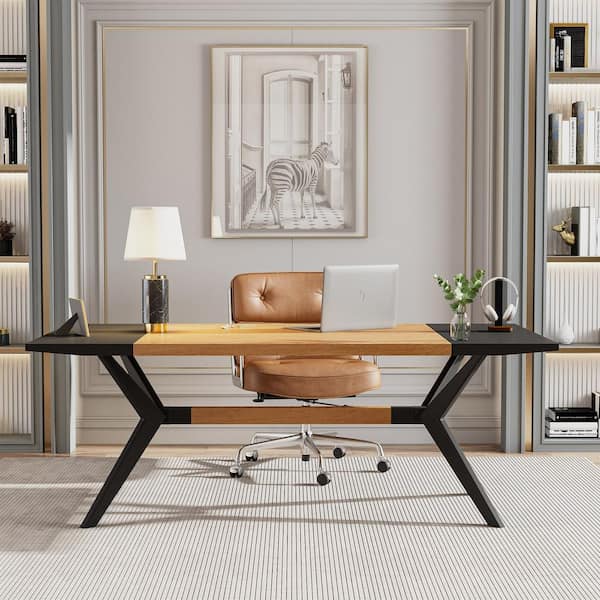Unique Dining Room Table Legs to Transform Your Dining Location
Unique Dining Room Table Legs to Transform Your Dining Location
Blog Article
A Comprehensive Take A Look At Table Leg Styles: Finding the Perfect Match
Selecting the right eating table leg style is essential for both aesthetic allure and functional functionality. Traditional 4 legs provide timeless style and stability, while the stand base supplies enhanced legroom and a modern-day appearance. For those with larger tables, trestle legs make certain durable assistance, whereas hairpin legs present a mid-century modern-day vibe with their minimal layout. The x-shaped legs mix contemporary design with enhanced security. Each of these options brings one-of-a-kind benefits, making the selection greater than just an issue of choice. Check out further to find which design completely enhances your dining room and lifestyle.
Traditional Four Legs
Among the different kinds of eating table leg designs, the traditional four-leg design remains an ageless option for several houses. This classic configuration offers a harmonious blend of performance and appearances, making it a seasonal fave. 4 legs give well balanced assistance, making certain the table remains stable and with the ability of birthing significant weight. This is specifically useful for households that frequently organize huge celebrations or use their table for several functions, such as work or crafting.
From a visual point of view, the conventional four-leg design can be quickly adapted to different interior styles. Whether crafted from timber, metal, or a combination of materials, these legs can be intricately sculpted, smooth and minimalistic, or anything in between. Their flexibility allows them to enhance both rustic and contemporary settings flawlessly.
Additionally, the simple framework of the four-leg style helps with ease of activity and placement within an area. Unlike more complex bases, this design reduces blockages, offering ample legroom for restaurants. In summary, the typical four-leg dining table leg design marries sustaining sophistication with useful capability, making it an astute choice for those looking for both form and function in their dining furnishings.
Stand Base
Usually celebrated for its classy and space-efficient style, the pedestal base is a distinguished option to the traditional four-leg arrangement in dining table leg designs. This unique base generally includes a single main column supporting the table top, which can vary in form, from ornately sculpted wood to streamlined, contemporary metal. Among the key advantages of the stand base is its capability to maximize legroom and seating flexibility. Without corner legs, restaurants are afforded greater flexibility of movement, making it a suitable option for round and oblong tables that promote even more intimate and comprehensive gatherings.
The main column itself provides a canvas for detailed styles and artistic expressions, including an aspect of visual passion below the table. In recap, the stand base combines capability with style, making it an improved and functional option for varied dining settings.
Trestle Legs
Trestle legs supply a robust and ageless foundation for eating tables, characterized by their straight cross-bracing and sturdy assistance beams. Stemming from medieval times, this style has progressed yet preserved its crucial structure, making it a seasonal favorite in both standard and modern settings. The main trestle beam, commonly supported by two or even more vertical articles, supplies phenomenal stability, enabling bigger table lengths without the requirement for added legs.
A significant benefit of trestle leg tables is the enough legroom they provide. Unlike tables with 4 edge legs, the absence of blockages at the table's sides supplies unobstructed space for chairs and diners, enhancing convenience and ease of access. This makes trestle tables suitable for accommodating larger gatherings, whether in a dining area or a banquet hall.
The visual flexibility of trestle legs is noteworthy. Offered in a selection of products such as timber, steel, and composite, they can be finished to useful source complement a vast array of interior designs. From rustic farmhouse to streamlined modern-day styles, trestle legs can be customized to match private tastes. Their long-lasting charm and functional benefits make trestle legs an engaging option for those seeking both style and functionality in their table.
Barrette Legs

The charm of hairpin legs exists in their simplicity and versatility - dining room table legs. Offered in a variety of materials, including steel and brass, they can be finished in many colors to complement different interior designs. Whether combined with a rustic wood tabletop or a contemporary glass surface, barrette legs effortlessly blend performance with a touch of classic appeal
Resilience is another significant feature of hairpin legs. Regardless of their delicate appearance, these legs are engineered to birth substantial weight, making sure the dining click to read more table continues to be steady and safe and secure. In addition, they are relatively easy to set up, making them a preferred selection for DIY lovers and specialist furniture manufacturers alike.
X-Shaped Legs

Constructed from materials such as steel, wood, useful reference or a combination of both, X-shaped legs can be customized to match different layout choices. Steel legs typically lend a sleek and industrial feel, suitable for loft-style homes and modern eating rooms.
Moreover, the engineering behind X-shaped legs makes certain also weight distribution, decreasing the threat of wobbling and enhancing sturdiness. This makes them especially fit for larger table that require added assistance. Basically, X-shaped legs blend functional design with contemporary aesthetic appeals, making them a classic choice for diverse dining atmospheres.
Final Thought
An extensive understanding of table leg designs discloses the distinct characteristics and advantages of each design. Standard 4 legs supply security and timeless allure, while pedestal bases provide legroom and a structured appearance. Trestle legs make sure durable assistance for larger tables, and hairpin legs present a mid-century contemporary aesthetic. X-shaped legs integrate contemporary layout with boosted security. Picking the suitable leg style guarantees both functional and visual satisfaction in any type of dining space.
Report this page